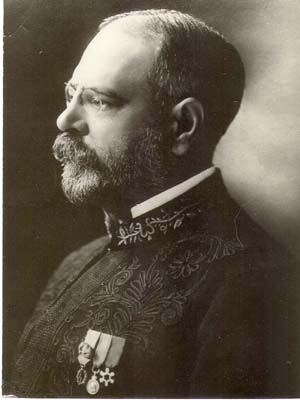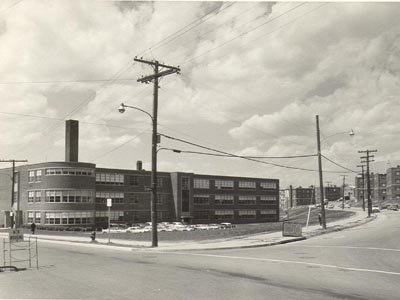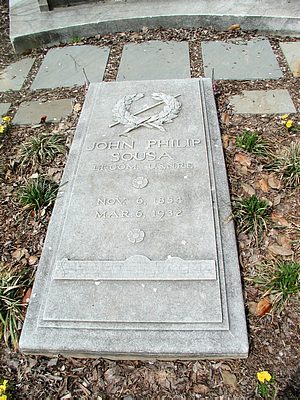|
| |

|
JOHN PHILIP SOUSA(1854 – 1932)The “March King,” born in Washington, D.C. at 7th & G Streets, S.E. near the Navy Yard. Highpoints in his long career were many; by age 15 he was teaching music; in 1876 he was a member of the first violin section of the orchestra led by the French composer Jacques Offenbach. In 1880 he was appointed bandmaster of the Marine Corps Band. He resigned this post in 1892 having served under five presidents. After his resignation, he organized his own band which was enormously successful in the United States, in Europe and on World tours. Sousa wrote more than three hundred musical compositions including ten light operas and more than one hundred marches. |

|
Sousa Junior High School
|

|
Congressional Cemetery
|